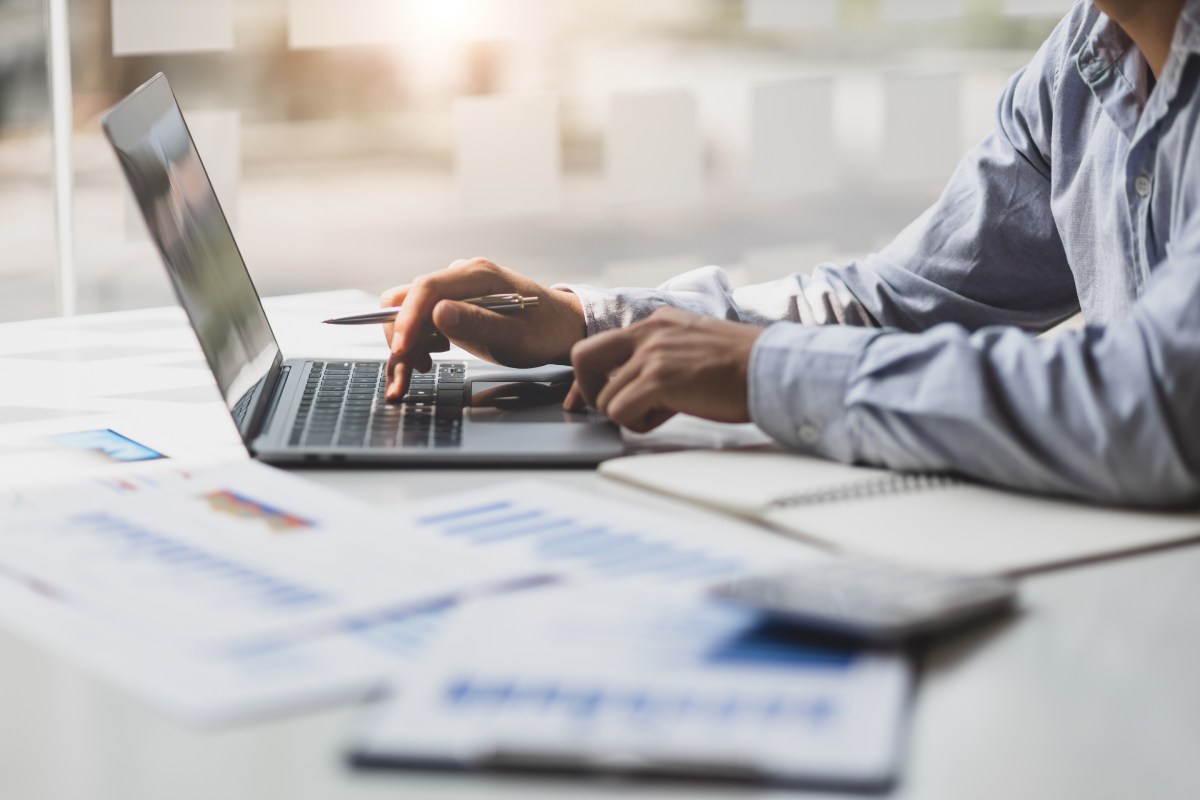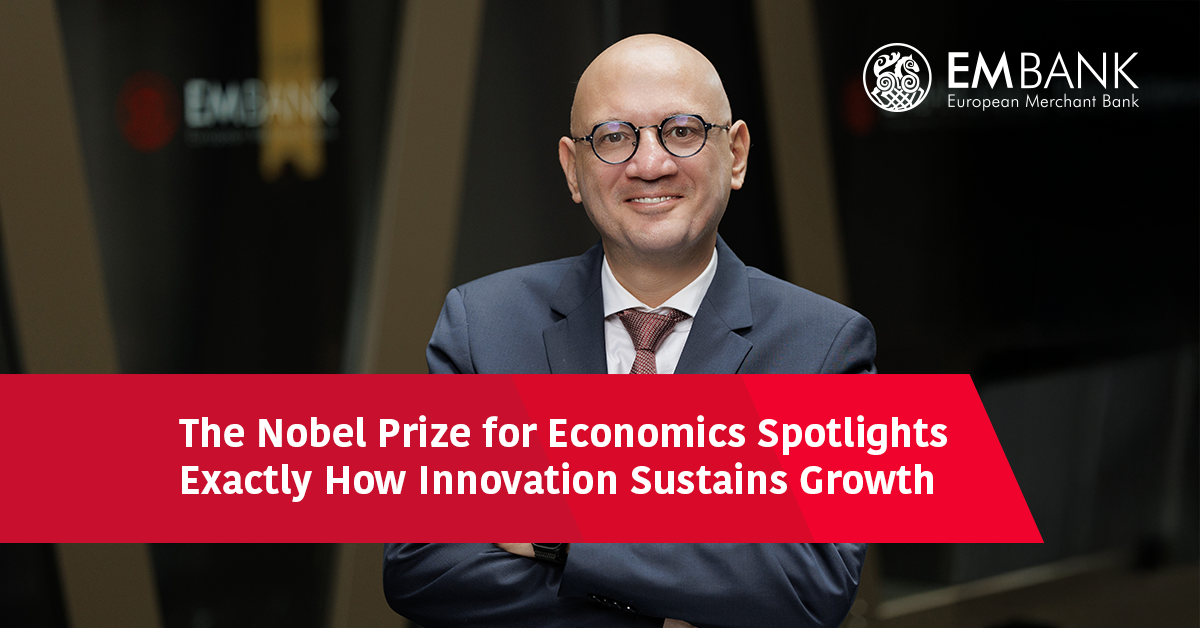Businesses often face the choice between leasing and buying when acquiring essential equipment or assets. This decision significantly impacts cash flow, growth, and operational flexibility. In Europe, capital leasing, where the business eventually takes full ownership of the asset, has become a popular solution. Capital leasing offers businesses the ability to spread out payments over time, while still gaining full ownership of the asset at the end of the lease term. On the other hand, buying requires a substantial upfront investment but gives businesses immediate ownership and long-term control.
Let’s explore how leasing and buying compare, focusing on capital leasing and its benefits for European businesses.
Understanding Capital Leasing and Buying
Before diving into the details, it’s crucial to understand how capital leasing and buying differ.
What is Capital Leasing?
Capital leasing (also known as financial leasing) involves an agreement where a business leases an asset and makes regular payments over a fixed term. Unlike operating leases, capital leases generally end with the business taking ownership of the asset, either through a balloon payment or by paying the full asset price through the lease. This option allows businesses to spread out payments and acquire the asset without the immediate financial burden of an outright purchase.
What is Buying?
Buying involves paying the full price of the asset upfront or through a loan or by own funds. The business owns the asset from the start and can use it indefinitely. Ownership gives full control over the asset, including how it is used, modified, or sold.
Key Differences Between Leasing and Buying
When deciding between capital leasing and buying, businesses need to assess both their financial position and long-term operational needs:
| Aspect | Capital Leasing | Buying |
| Initial Costs | Lower upfront costs. Leasing spreads the payment over time, allowing businesses to conserve cash for operational needs, growth, or other investments. Especially beneficial for businesses looking to maintain liquidity. | Requires a significant upfront payment or financing, which can reduce available capital for other areas. Businesses must be prepared to invest heavily upfront or commit to loan repayment terms. |
| Ownership | Ownership is transferred at the end of the lease term, usually with a final payment (balloon payment) or through the full payment of the asset over time. This allows businesses to use the asset long-term while delaying full ownership until the lease ends. | Immediate ownership, giving the business full control over the asset from the moment of purchase. This can be advantageous for assets with long lifespans that are crucial to business operations. |
| Long-Term Costs | Over the lease term, cumulative payments including financing costs quite often exceed the purchase price of the asset. However, the flexibility and preserved liquidity often justify the higher overall cost. A balloon payment may be required to finalize ownership at the end of the lease. | Buying outright may be less expensive over the long term, as the business does not incur financing costs and additional costs related to financing requirements. |
| Cash Flow Impact | Positive impact on cash flow since payments are spread over time, freeing up capital for other uses. Leasing is especially beneficial for businesses needing to manage operating expenses while growing or scaling. | Negative short-term impact on cash flow due to the large upfront payment required. However, once paid for, there are no ongoing payments, improving cash flow in the future. |
| Resale Value | There is no resale value during the lease term, as the business does not own the asset until the lease is complete. However, businesses benefit from deferred ownership and the ability to decide whether to sell or continue using the asset after the lease ends. | Businesses can sell the asset when it’s no longer needed, allowing them to recoup part of the investment. This is particularly useful for assets that retain their value over time, such as machinery or vehicles. However, market conditions and depreciation can affect the actual resale value. |
| Maintenance & Upkeep | Depending on the lease terms, maintenance and repairs may be included, reducing the business’s direct responsibility for upkeep. This can lower the total cost of leasing, especially for equipment that requires frequent service. | The business is fully responsible for all maintenance, repairs, and upkeep. This can add significant costs over the asset’s lifetime, particularly for high-maintenance equipment. These costs can increase the overall expense of owning an asset, especially if the asset depreciates quickly. |
Key Considerations When Deciding
The choice between capital leasing and buying should be guided by your business’s financial health and long-term objectives. Capital leasing allows businesses to acquire essential assets while preserving cash flow, offering a practical middle ground between immediate use and future ownership.
Cash Flow and Capital Needs
If preserving cash flow is a priority, capital leasing is often the better option. Leasing spreads out the cost over time, maintaining liquidity for other investments or operational needs. For businesses that can afford to tie up significant capital and prefer not to have ongoing payments, buying may be suitable, but leasing provides more flexibility in managing working capital.
Making the Right Decision for Your Business
When deciding between capital leasing and buying, it’s important to consider both immediate needs and long-term goals.
Short-Term Needs vs. Long-Term Goals
Leasing is perfect for businesses that require equipment in the short term or expect rapid growth and change. It provides flexibility and access to assets without a major upfront investment, while still offering the possibility of ownership at the end of the lease. Buying may offer more value only if the asset will be used for many years without the risk of becoming outdated.
Cost vs. Benefit Analysis
A thorough cost-benefit analysis should account for the long-term costs of leasing versus the flexibility and lower initial outlay it provides. For assets that frequently require updates or upgrades, capital leasing is the smarter financial choice. For assets that are essential, long-lasting, and will not require replacement, buying could offer greater value over time.
How Can EMBank Help?
EMBank offers capital leasing solutions that allow businesses to acquire essential assets without the financial strain of significant upfront costs. Our leasing options enable companies to obtain equipment, vehicles, or technology while preserving capital for operational flexibility. With customizable terms EMBank’s capital leasing solutions empower businesses to maintain liquidity, upgrade assets when needed, and secure long-term growth.
Established in Lithuania and licensed by the European Central Bank, EMBank provides Leasing and Working Capital Loans to support your business growth. Alongside these financial solutions, EMBank offers a range of daily banking services, including Safeguarding Account, Business Account, and Accumulative Account types, as well as payment options through SEPA, Swift, and Target2.
Please keep in mind that the above information has been prepared or assembled by the EMBank and is intended for informational purposes only. Some of the information may be dated and may not reflect the most current legal developments.
Please send an email to [email protected] to arrange a telephone call.




